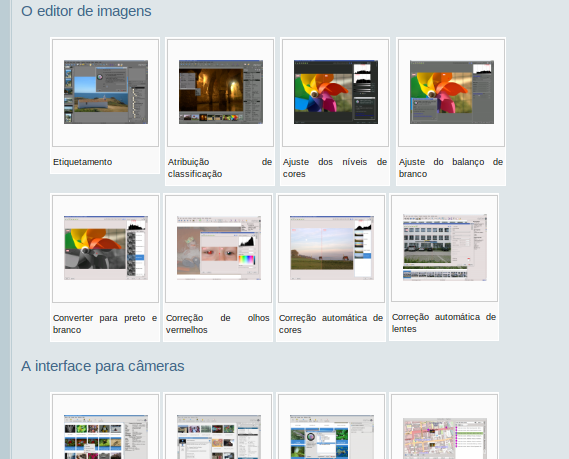Safely returned from Essen, I guess it is time I posted about the WebWorld sprint. I’ll focus on the UserBase stuff.
If you visit UserBase, you’ll immediately notice our new elegant logo (thanks to Hans (mogger) for the idea and to Eugene (it-s) for the artwork), and the addition of help items to the sidebar.
Besides the sidebar, Matthias (pipesmoker) also made a lot of tweaks to formatting. We no longer have the sudden break in background color below the sidebar; it has been replaced by a nice transition. And the <tt> and <code> tags have been made useful for us. He also improved the nested lists. We added something about this in the help pages.
On the translation side Niklas (Nikerabbit) did great work on several longstanding problems and some new ones that came up:
- We can now delete or move pages, even when they have been translated
- It is also now possible to remove a language, when someone has begun translating and then left without really doing anything.
- Special:myLanguage links now show up red, when the page does not exist.
- We now have translation memory for online translation.
When Anne (annew), Hans and I were not busy putting others to work or otherwise pestering them we found time to do a lot of cleanup . For example we have removed a lot of dead pages and redirects, that are no longer needed. We spent quite some time cleaning up the help pages, adding new content, removing obsolete things and moving some things to new places. Among other things we added a bit about the format of dates that should make them completely unambiguous. We also made a new template for putting UI icons in text and described it in the help files.
We had discussions about how to attract more contributions. Hans had some interesting ideas involving the forums. They are not implemented yet, but could potentially be a great way to attract new writers. And Tom (toma) had ideas about making a link between KHelpCenter and UserBase, that would allow users to add tips at the click of a mouse. We also had discussions of a complete redesign of the front page to make it more welcoming to contributors and easier to navigate for newcomers. This is something that probably will not happen until the new design for kde.org is in place.
We also talked about DockBook. Some projects wants to add their old manual to UserBase and use it as a base for a new manual written in UserBase. It is painful to do by hand, so some kind of automated solution should be found. We can already transfer documents the other way as well as to pdf – even letting users pick and choose which parts they want to include.
The most controversial issue came up at the very end. Tom and Ingo (neverendingo) advocated a much more open approach to translations – wikis are after all based on trusting the wisdom of the crowd. Anne and I were not quite convinced. In theory we agree, but for many languages we are dealing with crowds of one. We might end up moving towards more openness but not before consulting the other translators.
So, five days well spent and in good company, too!




